
The Enchanting Wilderness of Coconino National Forest
Discover the diverse landscapes and natural beauty of Coconino National Forest, a haven for outdoor enthusiasts and nature lovers in Northern Arizona.
Coconino National Forest, located in Northern Arizona, is a sprawling expanse of diverse landscapes and unparalleled natural beauty. From the towering red rocks of Sedona to the lush pine forests surrounding Flagstaff, this forest offers a myriad of experiences for nature lovers and adventure seekers alike. Whether you're hiking through the scenic trails, exploring the mystical canyons, or just soaking in the breathtaking views, Coconino National Forest is a haven of tranquility and wonder. The forest is home to some of the most iconic landmarks in the Southwest, including the majestic San Francisco Peaks, the highest mountain range in Arizona. These peaks provide a stunning backdrop for a variety of outdoor activities such as skiing, snowboarding, and hiking. The forest's diverse ecosystems support a rich array of wildlife, making it a prime spot for birdwatching and wildlife photography. One of the forest's most famous attractions is Oak Creek Canyon, often referred to as a smaller cousin of the Grand Canyon. This scenic gorge is perfect for picnicking, swimming, and fishing in the cool, clear waters of Oak Creek. The forest also offers numerous campgrounds and picnic areas, making it an ideal destination for families and outdoor enthusiasts. Whether you are seeking adventure or relaxation, Coconino National Forest provides an unforgettable experience in the heart of Arizona's natural splendor.
Local tips in Coconino National Forest
- Visit during the fall for stunning foliage and cooler temperatures.
- Check weather conditions before heading to higher elevations like San Francisco Peaks.
- Bring plenty of water and sunscreen, especially during summer months.
- Purchase a Red Rock Pass for parking in Sedona and Oak Creek Canyon areas.
- Explore the less crowded northern sections for a more peaceful experience.
The Enchanting Wilderness of Coconino National Forest
Coconino National Forest, located in Northern Arizona, is a sprawling expanse of diverse landscapes and unparalleled natural beauty. From the towering red rocks of Sedona to the lush pine forests surrounding Flagstaff, this forest offers a myriad of experiences for nature lovers and adventure seekers alike. Whether you're hiking through the scenic trails, exploring the mystical canyons, or just soaking in the breathtaking views, Coconino National Forest is a haven of tranquility and wonder. The forest is home to some of the most iconic landmarks in the Southwest, including the majestic San Francisco Peaks, the highest mountain range in Arizona. These peaks provide a stunning backdrop for a variety of outdoor activities such as skiing, snowboarding, and hiking. The forest's diverse ecosystems support a rich array of wildlife, making it a prime spot for birdwatching and wildlife photography. One of the forest's most famous attractions is Oak Creek Canyon, often referred to as a smaller cousin of the Grand Canyon. This scenic gorge is perfect for picnicking, swimming, and fishing in the cool, clear waters of Oak Creek. The forest also offers numerous campgrounds and picnic areas, making it an ideal destination for families and outdoor enthusiasts. Whether you are seeking adventure or relaxation, Coconino National Forest provides an unforgettable experience in the heart of Arizona's natural splendor.
When is the best time to go to Coconino National Forest?
Unmissable attractions to see
Slide Rock State Park
Discover the thrilling natural water slides and stunning scenery at Slide Rock State Park, an Arizona jewel for outdoor enthusiasts and families.

Oak Creek Vista
Discover the stunning vistas and hiking trails at Oak Creek Vista, a top destination for nature lovers and outdoor adventurers in Arizona.
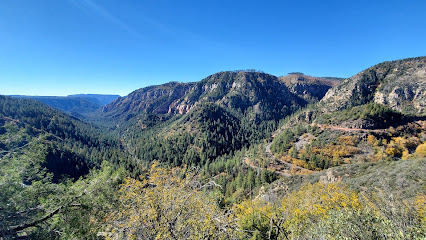
Sunset Crater Volcano National Monument
Discover the awe-inspiring Sunset Crater Volcano National Monument, a stunning testament to nature's volcanic power and beauty in Arizona.

Wupatki National Monument
Discover the ancient Puebloan ruins and stunning desert landscapes of Wupatki National Monument in Arizona, a UNESCO World Heritage Site.
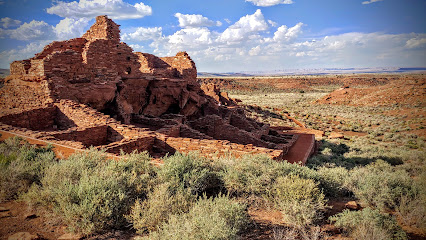
West Fork Oak Creek Trailhead
Experience the breathtaking beauty of West Fork Oak Creek Trailhead in Sedona, Arizona, a premier destination for hiking and nature exploration.
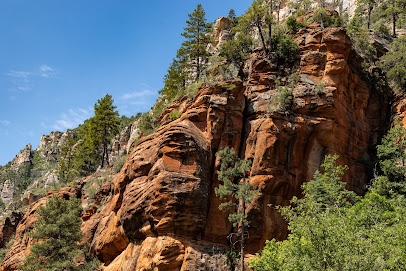
Lava River Cave
Explore the enchanting Lava River Cave in Flagstaff, Arizona, a geological marvel perfect for hiking and adventure seekers in the heart of nature.
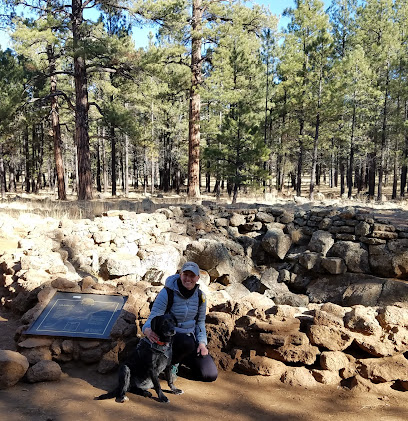
Dead Horse Ranch State Park
Explore the natural beauty and recreational adventures at Dead Horse Ranch State Park, a serene escape in Arizona's Verde Valley.
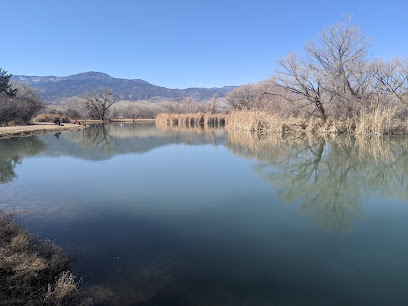
Museum of Northern Arizona
Discover the rich cultural and natural heritage of the American Southwest at the Museum of Northern Arizona in Flagstaff.
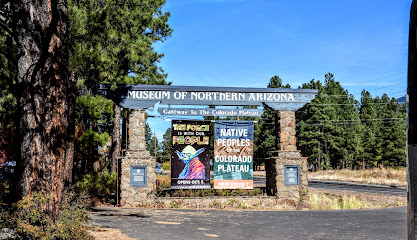
Mother Road Brewing Company
Experience the best of Flagstaff's craft beer scene at Mother Road Brewing Company, where local flavors and community come together.
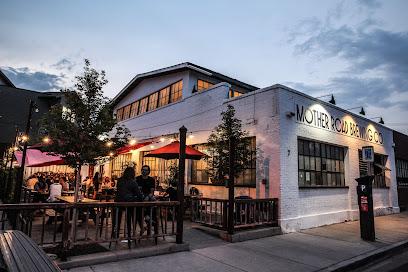
Lava Flow Trail
Explore the stunning landscapes and unique geological formations at Lava Flow Trail in Flagstaff, AZ - a hiking paradise for nature lovers.
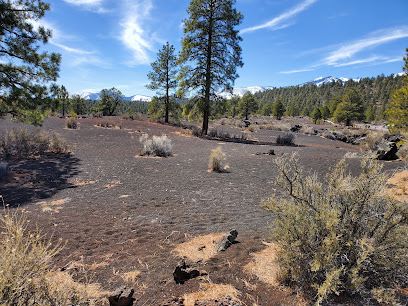
Riordan Mansion State Historic Park
Explore the historic Riordan Mansion, a stunning example of early 20th-century architecture nestled in the scenic beauty of Flagstaff, Arizona.
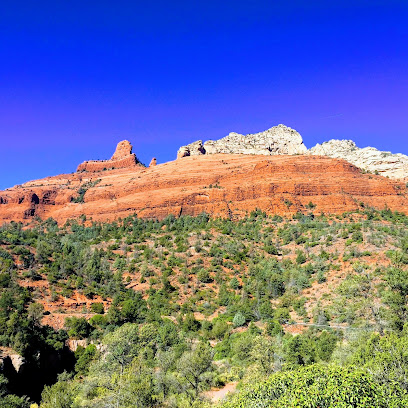
Arizona Copper Art Museum
Explore the rich artistic heritage of copper craftsmanship at the Arizona Copper Art Museum in Clarkdale, Arizona, a treasure trove for art lovers and history buffs.
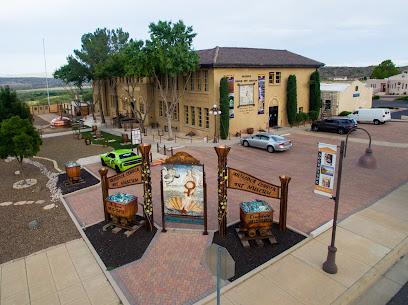
Grand Canyon Adventures
Explore the Grand Canyon's breathtaking beauty with expert-guided tours that cater to every adventurer's needs, from hiking to rafting experiences.
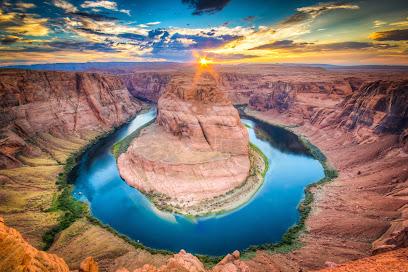
A Day in the West - Jeep Tours
Discover the breathtaking landscapes of Sedona, Arizona with A Day in the West Jeep Tours – the ultimate adventure in stunning red rock country.
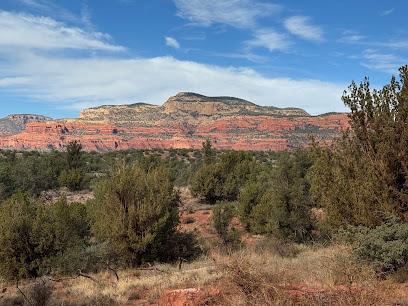
Schnebly Hill Vista Overlook
Experience the breathtaking beauty of Schnebly Hill Vista Overlook in Sedona, Arizona, where stunning views and serene hiking await nature lovers.
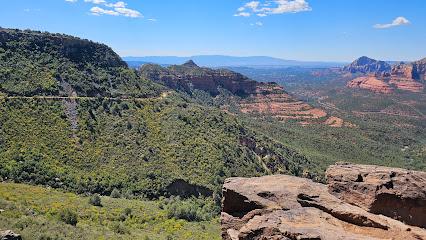
Essential places to dine
Cracker Barrel Old Country Store
Experience hearty Southern comfort food and nostalgic Americana at Cracker Barrel Old Country Store in Flagstaff.
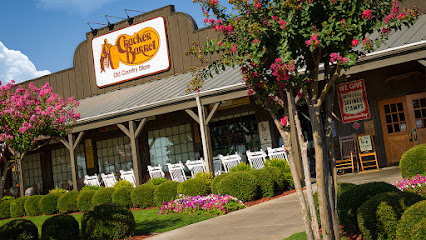
Mariposa Latin Inspired Grill
Experience the vibrant flavors of Latin America at Mariposa Latin Inspired Grill in Sedona, where exquisite cuisine meets stunning natural beauty.
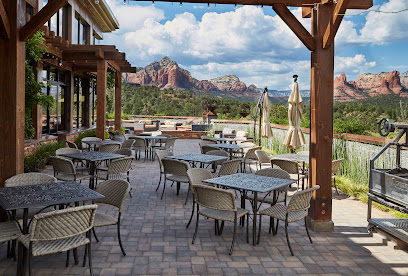
The Hudson
Experience the flavors of American cuisine amidst Sedona's breathtaking red rock scenery at The Hudson.
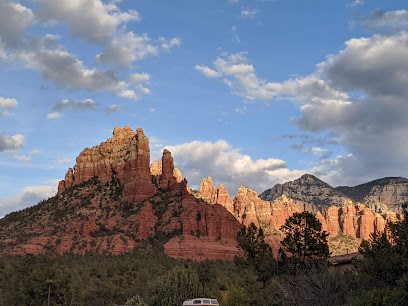
Raising Cane's Chicken Fingers
Experience the mouthwatering taste of Southern-style chicken fingers at Raising Cane's in Flagstaff, where comfort food meets casual dining.
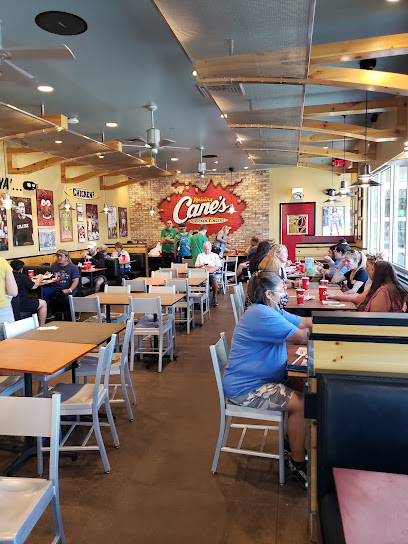
Beaver Street Brewery
Experience Flagstaff's craft beer scene at Beaver Street Brewery – where exceptional brews meet delicious American cuisine in a vibrant setting.
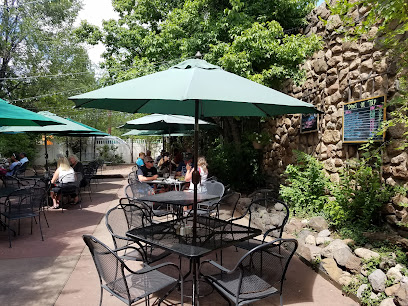
Wildflower
Experience delectable American cuisine at Wildflower in Sedona; from fresh pastries to hearty breakfasts, this eatery captures local flavors.
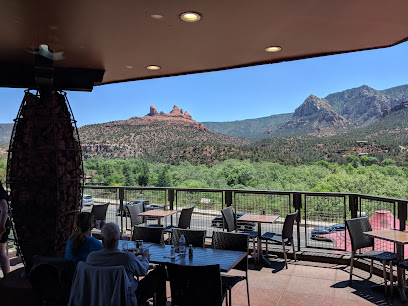
Canyon Breeze Restaurant
Experience delicious American cuisine at Canyon Breeze Restaurant in Sedona, where stunning views meet mouth-watering flavors.
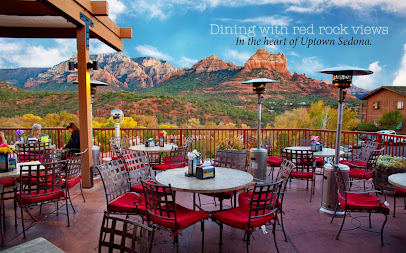
Denny's
Experience classic American breakfast at Denny's in Flagstaff – open 24/7 for delicious meals any time!
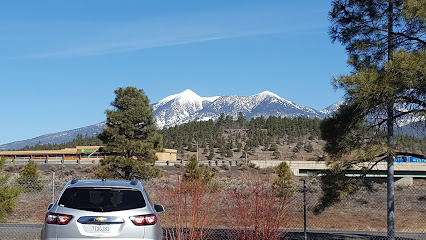
ChocolaTree Organic Eatery
Experience organic dining at ChocolaTree Organic Eatery in Sedona - where nature meets nourishment in every bite.
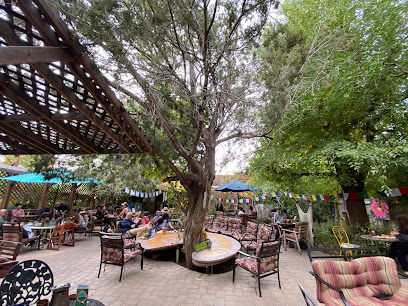
Sizzler
Experience the best of buffet dining at Sizzler in Flagstaff with fresh salads, grilled steaks, and delicious seafood options.
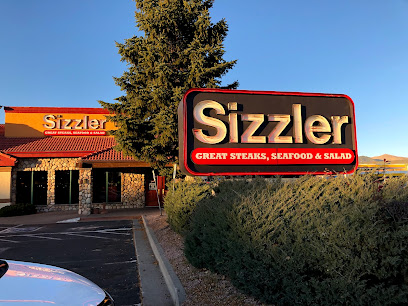
Chili's Grill & Bar
Experience vibrant flavors at Chili's Grill & Bar in Flagstaff - where American and Tex-Mex cuisine come together in a lively atmosphere.
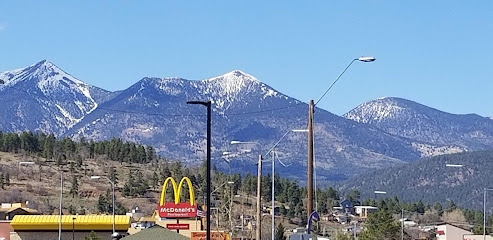
Cucina Rustica
Experience authentic Italian cuisine at Cucina Rustica in Sedona - where fine dining meets breathtaking views.
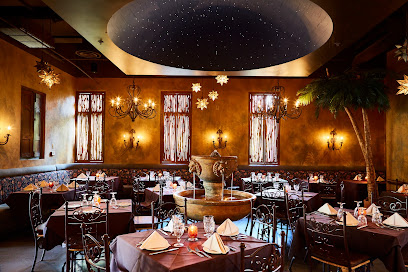
Freddy's Frozen Custard & Steakburgers
Experience classic American fast food at Freddy's Frozen Custard & Steakburgers in Flagstaff – where delicious meets delightful!
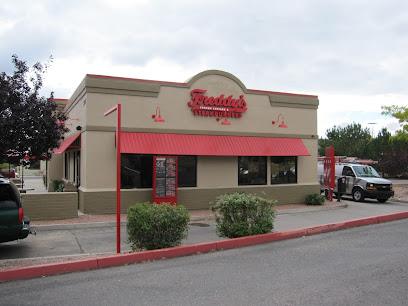
Coco's Bakery Restaurant
Discover delicious breakfasts and mouth-watering desserts at Coco's Bakery Restaurant in Flagstaff – where every meal feels like home.
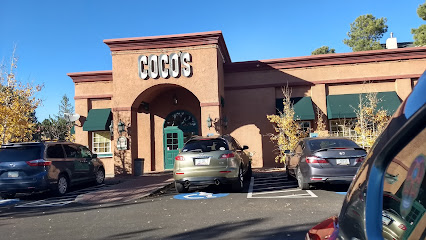
The Secret Garden Café
Discover a culinary oasis at The Secret Garden Café in Sedona—offering organic, gluten-free, and vegan delights in a stunning garden setting.
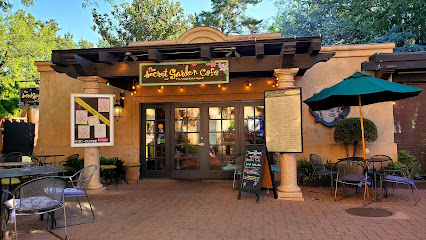
Markets, malls and hidden boutiques
Old Town Shops
Explore Old Town Shops in Flagstaff for unique crafts, local cuisine, and a glimpse into the vibrant culture of Arizona.
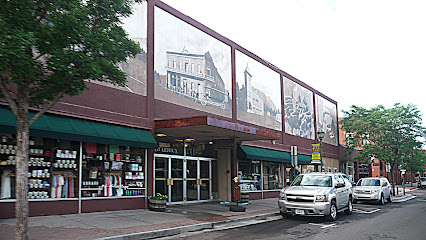
Crystal Magic
Explore the magical world of crystals and unique jewelry at Crystal Magic in Flagstaff, Arizona, where nature's beauty meets artisanal craftsmanship.
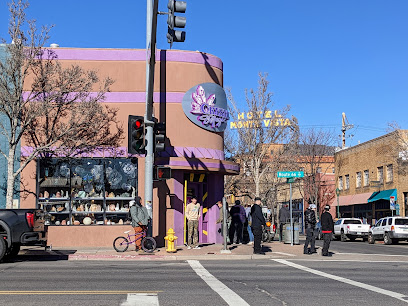
Clear Creek Trading Company
Explore Clear Creek Trading Company for authentic Native American goods in the stunning landscapes of Sedona, Arizona.
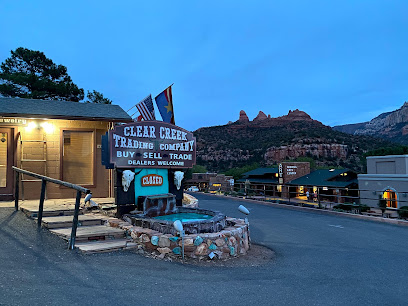
The Dragon's Den Sedona ~ Crystal Store, Metaphysical Gift Shop & Clothing
Explore the magical world of crystals and metaphysical gifts at The Dragon's Den in Sedona, where spirituality and shopping unite.
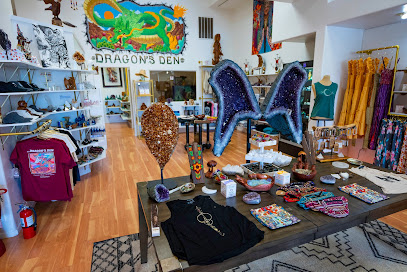
Joe Wilcox Indian Den
Explore Joe Wilcox Indian Den in Sedona for authentic Native American art, unique gifts, and a cultural experience like no other.
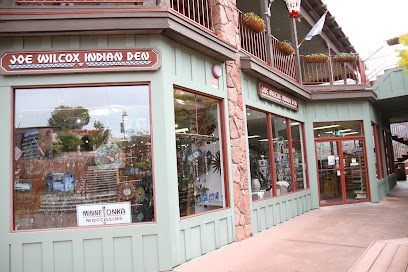
Babbitt's Backcountry Outfitters
Discover the ultimate outdoor gear at Babbitt's Backcountry Outfitters in Flagstaff, AZ, your gateway to adventure in Arizona's breathtaking landscapes.
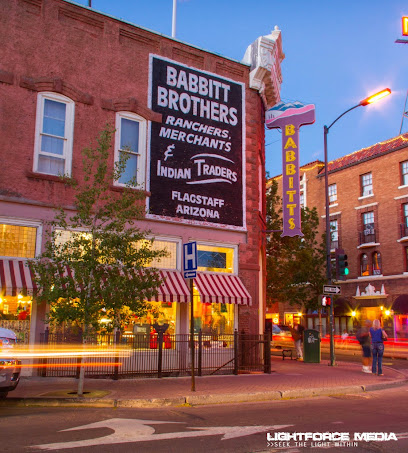
Kachina House
Discover authentic Native American art and collectibles at Kachina House in Sedona, a cultural gem for travelers seeking unique souvenirs.
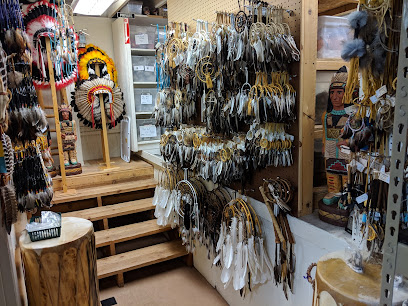
Fourth Street Vintage
Explore a treasure trove of vintage finds and unique antiques at Fourth Street Vintage in Flagstaff, Arizona, perfect for history enthusiasts and collectors alike.
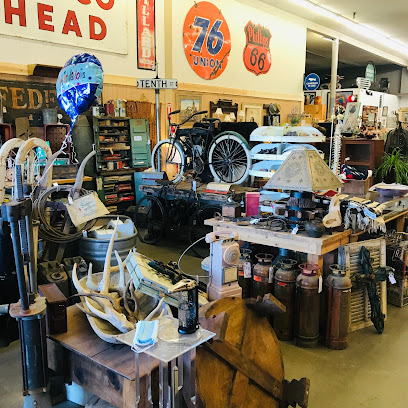
Flagstaff General Store
Explore Flagstaff General Store for unique gifts, antiques, and home goods that reflect the charm of Arizona's vibrant culture.

Victorian Moon Antiques & Enchantments
Explore unique antiques and whimsical treasures at Victorian Moon Antiques & Enchantments in Flagstaff, Arizona – where the past meets the mystical.
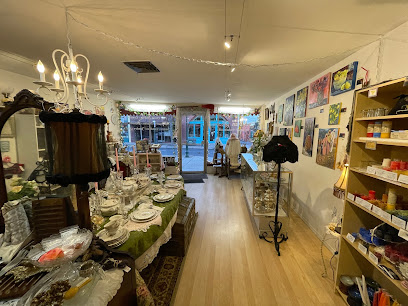
Basement Marketplace
Explore Basement Marketplace in Flagstaff for unique women's clothing and handcrafted jewelry that reflects local artistry and style.

El Khan Bazaar
Discover a magical collection of metaphysical supplies, unique imports, and psychic tools at El Khan Bazaar in Sedona, Arizona.
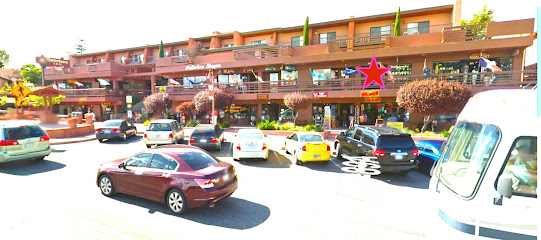
Galaxy Sales
Discover handcrafted leather goods and Native American crafts at Galaxy Sales, Flagstaff's top gift shop for unique treasures and local artistry.
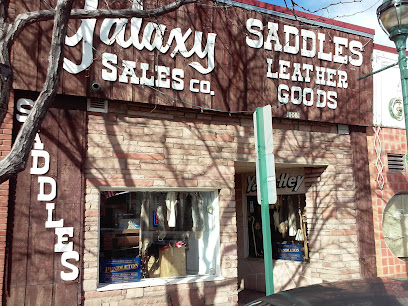
Hodgepodge Thrift Store
Unearth unique vintage finds and local treasures at Hodgepodge Thrift Store in Flagstaff, Arizona – a must-visit for any thrift enthusiast.

Little Tibet Sedona
Explore the rich cultural treasures of Tibet right in Sedona at Little Tibet, your go-to gift shop for unique souvenirs and spiritual items.
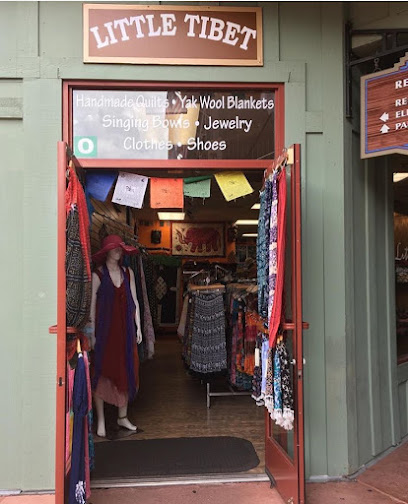
Essential bars & hidden hideouts
Beaver Street Brewery
Experience the best of Flagstaff at Beaver Street Brewery, where craft beer meets delicious American cuisine in a cozy atmosphere.
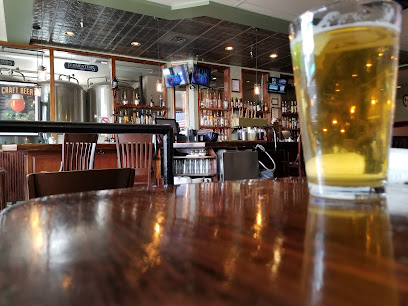
Canyon Breeze Restaurant
Experience the essence of Sedona at Canyon Breeze Restaurant, where delicious American cuisine meets stunning Red Rock views.

Open Range Grill and Tavern
Discover the flavors of Sedona at Open Range Grill and Tavern, where American classics meet the stunning beauty of the red rocks.
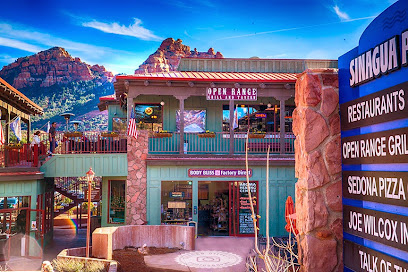
Satchmo's
Experience the best of Flagstaff at Satchmo's, a lively bar and barbecue restaurant serving mouthwatering dishes in a welcoming atmosphere.
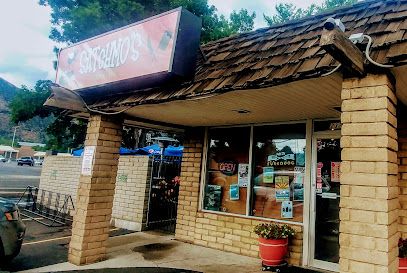
Collins Irish Pub
Experience the heart of Irish culture in Flagstaff at Collins Irish Pub, where delicious food, drinks, and live entertainment await.

Lumberyard Brewing Co
Explore the flavors of Flagstaff at Lumberyard Brewing Co, where handcrafted beers meet mouth-watering American cuisine in a vibrant brewpub atmosphere.
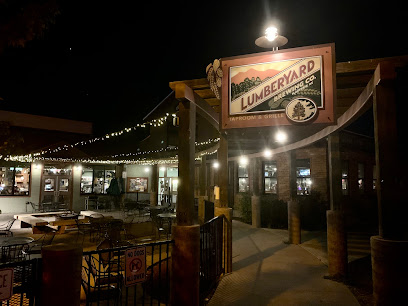
Taverna Modern Mediterranean
Experience the rich flavors of Mediterranean cuisine at Taverna Modern Mediterranean in Flagstaff, a delightful spot for families and food enthusiasts.
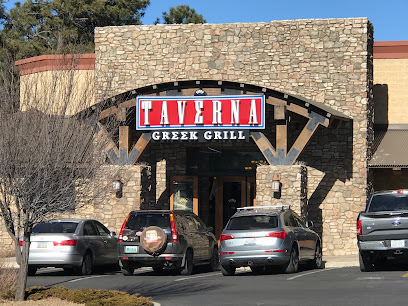
Dark Sky Brewing Co.
Explore the craft of brewing at Dark Sky Brewing Co. in Flagstaff, Arizona—where every sip tells a story of local flavor and creativity.
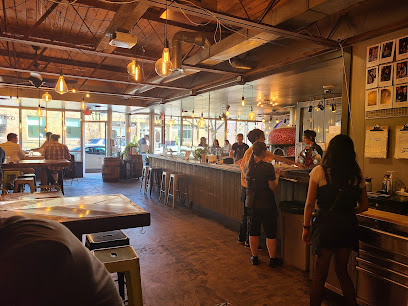
The Oakmont
Discover the flavors of American cuisine at The Oakmont, Flagstaff's premier dining destination for brunch, lunch, and unforgettable events.
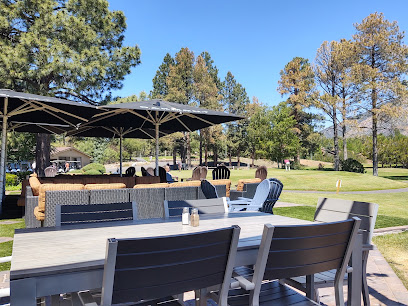
Dirty Birdies Sports Bar & Grill
Immerse yourself in the sports culture of Flagstaff at Dirty Birdies Sports Bar & Grill, where every game is a celebration and every meal is a delight.
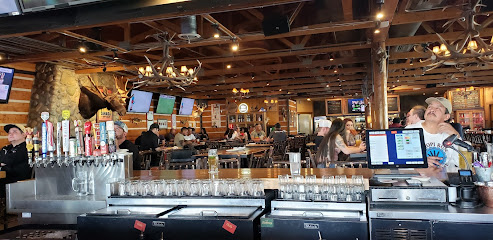
Hops On Birch
Experience the essence of craft beer culture at Hops On Birch, a Flagstaff bar offering an extensive selection and vibrant atmosphere.
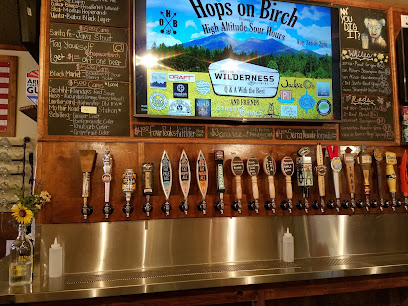
1899 Bar and Grill
Experience the best of Flagstaff's dining at 1899 Bar and Grill, where American cuisine meets an elegant atmosphere.
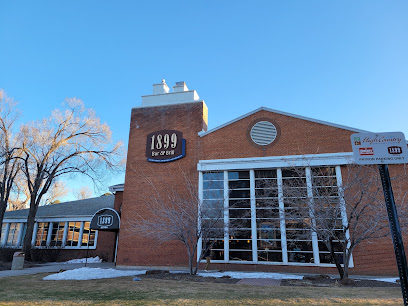
Historic Brewing Barrel House - Flagstaff
Explore the craft of brewing and taste delicious American cuisine at the Historic Brewing Barrel House in Flagstaff, Arizona.
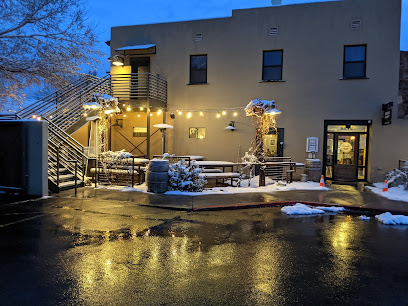
Pinewood Bar & Grill
Experience the comforting taste of American cuisine at Pinewood Bar & Grill, a family-friendly restaurant nestled in the scenic Munds Park of Arizona.
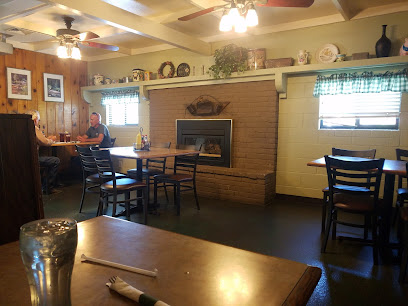
The Annex Cocktail Lounge
Discover the vibrant atmosphere and exceptional cocktails at The Annex Cocktail Lounge in Flagstaff, a must-visit destination for nightlife enthusiasts.
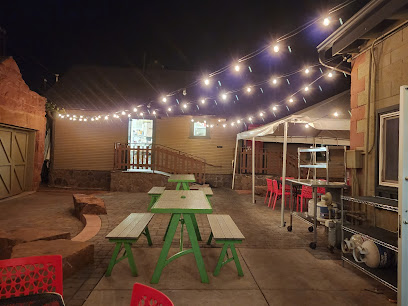
Local Phrases about Coconino National Forest
-
- HelloYa'at'eeh
[yah-ah-tay] - GoodbyeAhéhee'
[ah-hay-hay] - YesHaa
[haa] - NoT'a
[tah] - Please/You're welcomeYá'át'ééh
[yah-ah-tay] - Thank youAhe'hee'
[ah-hay-hay] - Excuse me/SorryNizhoní
[knee-zho-nee] - How are you?Anííníshní
[ah-nee-nee-shnee] - Fine. And you?T'áá hwó'ají
[tah-hwa-ah-hee] - Do you speak English?Dóó baahóáh?
[doh bah-ho-ah] - I don't understandT'áá hwó'ají
[tah-hwa-ah-hee]
- HelloYa'at'eeh
-
- I'd like to see the menu, pleaseAnííníshní
[ah-nee-nee-shnee] - I don't eat meatNído biyáádę́ę́'
[nee-doh bee-yah-ah-deh-deh] - Cheers!T'áá hwó'ají
[tah-hwa-ah-hee] - I would like to pay, pleaseDoo shił bééhózin
[doh shihl beh-ho-zin]
- I'd like to see the menu, pleaseAnííníshní
-
- Help!Anííníshní
[ah-nee-nee-shnee] - Go away!Nído biyáádę́ę́'
[nee-doh bee-yah-ah-deh-deh] - Call the Police!T'áá hwó'ají
[tah-hwa-ah-hee] - Call a doctor!Doo shił bééhózin
[doh shihl beh-ho-zin] - I'm lostAnííníshní
[ah-nee-nee-shnee] - I'm illNído biyáádę́ę́'
[nee-doh bee-yah-ah-deh-deh]
- Help!Anííníshní
-
- I'd like to buy...Anííníshní
[ah-nee-nee-shnee] - I'm just lookingNído biyáádę́ę́'
[nee-doh bee-yah-ah-deh-deh] - How much is it?T'áá hwó'ají
[tah-hwa-ah-hee] - That's too expensiveDoo shił bééhózin
[doh shihl beh-ho-zin] - Can you lower the price?T'áá hwó'ají
[tah-hwa-ah-hee]
- I'd like to buy...Anííníshní
-
- What time is it?Anííníshní
[ah-nee-nee-shnee] - It's one o'clockNído biyáádę́ę́'
[nee-doh bee-yah-ah-deh-deh] - Half past (10)T'áá hwó'ají
[tah-hwa-ah-hee] - MorningDoo shił bééhózin
[doh shihl beh-ho-zin] - AfternoonAnííníshní
[ah-nee-nee-shnee] - EveningNído biyáádę́ę́'
[nee-doh bee-yah-ah-deh-deh] - YesterdayT'áá hwó'ají
[tah-hwa-ah-hee] - TodayDoo shił bééhózin
[doh shihl beh-ho-zin] - TomorrowAnííníshní
[ah-nee-nee-shnee] - 1T'áá hwó'ají
[tah-hwa-ah-hee] - 2Nído biyáádę́ę́'
[nee-doh bee-yah-ah-deh-deh] - 3Anííníshní
[ah-nee-nee-shnee] - 4Doo shił bééhózin
[doh shihl beh-ho-zin] - 5T'áá hwó'ají
[tah-hwa-ah-hee] - 6Anííníshní
[ah-nee-nee-shnee] - 7Nído biyáádę́ę́'
[nee-doh bee-yah-ah-deh-deh] - 8T'áá hwó'ají
[tah-hwa-ah-hee] - 9Doo shił bééhózin
[doh shihl beh-ho-zin] - 10Anííníshní
[ah-nee-nee-shnee]
- What time is it?Anííníshní
-
- Where's a/the...?Anííníshní
[ah-nee-nee-shnee] - What's the address?Nído biyáádę́ę́'
[nee-doh bee-yah-ah-deh-deh] - Can you show me (on the map)?T'áá hwó'ají
[tah-hwa-ah-hee] - When's the next (bus)?Doo shił bééhózin
[doh shihl beh-ho-zin] - A ticket (to ....)T'áá hwó'ají
[tah-hwa-ah-hee]
- Where's a/the...?Anííníshní
History of Coconino National Forest
-
Long before European settlers arrived, the Coconino National Forest area was home to various Native American tribes, including the Sinagua, Ancestral Puebloans, and later the Hopi and Navajo. The Sinagua people, who inhabited the area from around 1100 to 1400 CE, left behind numerous cliff dwellings, petroglyphs, and other archaeological sites that provide a glimpse into their sophisticated society. Sites such as the Elden Pueblo and the Honanki and Palatki Heritage Sites offer insights into the cultural and daily lives of these early inhabitants.
-
In the 16th century, Spanish explorers, including the famed Francisco Vásquez de Coronado, ventured into the region in search of the legendary Seven Cities of Gold. Though they did not find the riches they sought, the Spanish influence left an indelible mark on the area, introducing new livestock, crops, and cultural practices. The legacy of Spanish exploration is still evident in some of the place names and historical narratives of the region.
-
Coconino National Forest was officially established in 1908 by the United States Forest Service. Named after the Coconino people, a subgroup of the Hopi, the forest was created to protect the unique landscapes of northern Arizona, including its expansive ponderosa pine forests, red rock formations, and diverse ecosystems. The forest's creation marked a significant step in the conservation movement in the United States, aiming to preserve natural resources and scenic beauty for future generations.
-
In the late 19th and early 20th centuries, logging became a major industry in the Coconino National Forest area. The vast ponderosa pine forests provided an abundant supply of timber, attracting settlers and leading to the establishment of logging towns like Flagstaff. The logging industry played a crucial role in the economic development of the region, though it also led to significant deforestation and environmental challenges that later prompted conservation efforts.
-
The construction of Route 66 in the 1920s brought increased accessibility and tourism to the Coconino National Forest area. Known as the 'Main Street of America,' Route 66 passed through Flagstaff, making it a popular stop for travelers exploring the American Southwest. The growth of tourism led to the development of infrastructure, including hotels, restaurants, and attractions, further solidifying the region's status as a destination for outdoor enthusiasts and history buffs alike.
-
Throughout the 20th century, Coconino National Forest became a hub for outdoor recreation, attracting hikers, campers, climbers, and nature lovers. The forest's diverse landscapes, from the towering San Francisco Peaks to the red rocks of Sedona, offer a wide range of activities. Iconic trails like the Humphreys Peak Trail and the West Fork Trail in Oak Creek Canyon have become must-visit spots for adventurers. The forest's commitment to preserving natural beauty while accommodating recreational use highlights the balance between conservation and public enjoyment.
Coconino National Forest Essentials
-
Coconino National Forest is located in northern Arizona, with Flagstaff being the nearest major city. The closest airport is Flagstaff Pulliam Airport (FLG), which offers limited flights. For more options, consider flying into Phoenix Sky Harbor International Airport (PHX), approximately 2.5 hours away by car. From Phoenix, you can rent a car or take a shuttle service to Flagstaff. Amtrak also offers train services to Flagstaff, and buses such as Greyhound and FlixBus provide connections from various cities.
-
Having a car is the most convenient way to explore Coconino National Forest, as many of its attractions are spread out and public transport options are limited. Rental cars are available in Flagstaff and Phoenix. Within Flagstaff, Mountain Line buses can be used to get around the city. For a unique experience, consider taking the Grand Canyon Railway from Williams, Arizona, to the Grand Canyon National Park, which passes through parts of the forest.
-
The official currency is the United States Dollar (USD). Credit and debit cards are widely accepted in Flagstaff and other developed areas within the forest. However, it's advisable to carry some cash for use in more remote areas or smaller establishments that may not accept cards. ATMs are available in Flagstaff and other nearby towns.
-
Coconino National Forest is generally safe for tourists. However, standard safety precautions should be taken. Avoid remote trails alone, always inform someone of your plans, and carry a map and sufficient water. Flagstaff is relatively safe but, like any city, exercise caution in less populated areas at night. Areas like Southside in Flagstaff have higher crime rates, so it’s best to stay vigilant.
-
In case of emergency, dial 911 for immediate assistance. Flagstaff Medical Center is the nearest major hospital. For minor injuries or illnesses, there are urgent care centers and pharmacies in Flagstaff. Always carry a basic first-aid kit, especially when hiking or camping. It is also advisable to have travel insurance that covers medical emergencies and evacuation.
-
Fashion: Wear layered clothing, as temperatures can vary widely. Sturdy hiking boots are recommended for trails. Religion: There aren't specific religious customs to follow, but always be respectful at cultural or historical sites. Public Transport: Public transport is limited; be prepared to rent a car. When using local buses, be courteous and follow rules. Greetings: A simple handshake or friendly nod is customary. Eating & Drinking: Do try local delicacies in Flagstaff’s restaurants. Don’t leave food or trash in the forest to avoid attracting wildlife.
-
To experience Coconino National Forest like a local, visit the Flagstaff Farmers Market for fresh produce and local crafts. Hike lesser-known trails such as the Kachina Trail for stunning views without the crowds. Visit historic sites like the Lowell Observatory and the Museum of Northern Arizona. For a unique experience, attend a star-gazing event; Flagstaff is a designated International Dark Sky City, offering some of the best night sky views.
Nearby Cities to Coconino National Forest
-
Things To Do in Flagstaff
-
Things To Do in Winslow
-
Things To Do in Prescott
-
Things To Do in Grand Canyon Village
-
Things To Do in Scottsdale
-
Things To Do in Phoenix
-
Things To Do in Tempe
-
Things To Do in Mesa
-
Things To Do in Gilbert
-
Things To Do in Chandler
-
Things To Do in Page
-
Things To Do in Kingman
-
Things To Do in Kanab
-
Things To Do in Lake Havasu City
-
Things To Do in Laughlin













